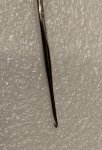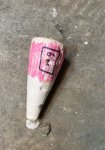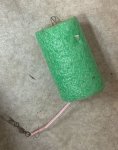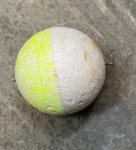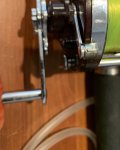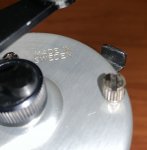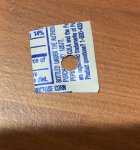I’m really ocd with my reels. After rinse them off with fresh water, I open up the ones with the quick take down spool removal and let them dry for a few hours. Might add oil, depending on how the reel acts after.
If you are new to squidders and the reel bearings are too fast. You can slow them down by adding drops of oil with a higher viscosity to the non handle side bearing. If it’s still too fast for you, a mixture of oil and light grease can be smeared with a toothpick. You can always clean the bearing later, if you want to speed it up. I see too many people crank down the bearing with pliers.
If you are new to squidders and the reel bearings are too fast. You can slow them down by adding drops of oil with a higher viscosity to the non handle side bearing. If it’s still too fast for you, a mixture of oil and light grease can be smeared with a toothpick. You can always clean the bearing later, if you want to speed it up. I see too many people crank down the bearing with pliers.
Last edited:

